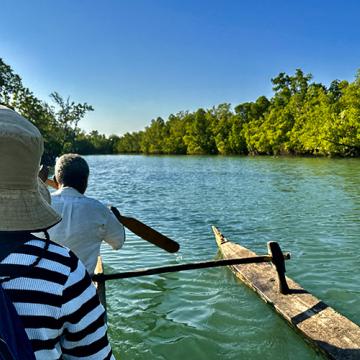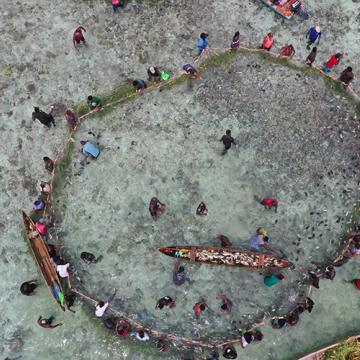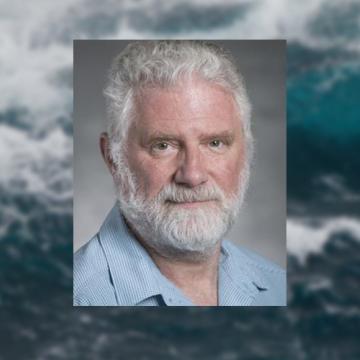-
NewsA Duke Forest tour featured research from the SEEDS Lab.
-
NewsCrab behavior suggestive of wound-tending may improve coral tolerance to heat waves.
-
NewsModeling experiments show Pacific warm and cold patches persisted even when continents were in different places
-
NewsAnimals that hunt in the dark with sonar may not be able to tell junk from squids
-
NewsMeet the Ocean Synthesis Lab, learn more about its research focus, lab members' experiences in the lab and the opportunities the lab offers Duke students.
-
NewsReforestation in low- and middle-income countries can remove up to 10 times more carbon dioxide from the atmosphere at lower cost than previously estimated, making it a potentially more effective option to fight climate change.
-
NewsResearchers have found a chemical clue in Italian limestone that explains a mass extinction of marine life in the Early Jurassic period, 183 million years ago. Volcanic activity pumped out CO2, warming oceans and lowering their oxygen levels. The findings may foretell the impact climate change and oxygen depletion might have on today’s oceans.
-
NewsMeet the Hunt Lab, learn more about its research focus, a lab member's experience in the lab and the opportunities the lab offers Duke students.
-
NewsResearchers in North Carolina have created a coastal evolution model to analyze how coastal management activities on barrier islands, meant to adapt to sea-level rise, interact with natural processes that would otherwise keep barrier islands above water.
-
NewsThis year’s global Earth Day theme is “planet vs plastics”, and calls for the rapid phase out all single-use plastics.
-
NewsDuke University’s Marine Geospatial Ecology Lab led a team of researchers that mapped the population density of North Atlantic right whales worldwide to predict and help avoid harmful, even fatal, exposure to commercial fishing and vessel strikes.
-
NewsExchangeable manganese cuts carbon storage in boreal forests
-
NewsMarine Protected Areas must be flexible and responsive, not absolute
-
NewsThe vast size of the ocean makes tracking human activity there challenging, but a new study provides a startling glimpse of how extensive this activity has become in recent years and how much of it occurs outside of public monitoring.
-
NewsShineng Hu is a climate scientist specializing in using observations, theory and climate models to better understand the relationship between global ocean and atmospheric movement, especially as that relationship indicates and informs climate change.














